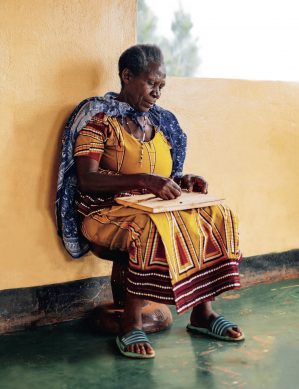-
Rwanda: Rising from the Ashes
B.INSPIRED
Brussels Airlines inflight magazineTo mark International Women’s Day this month, we meet a group of female artists in Rwanda reviving – and modernising – imigongo, a traditional art form that mixes cow dung with ash.

